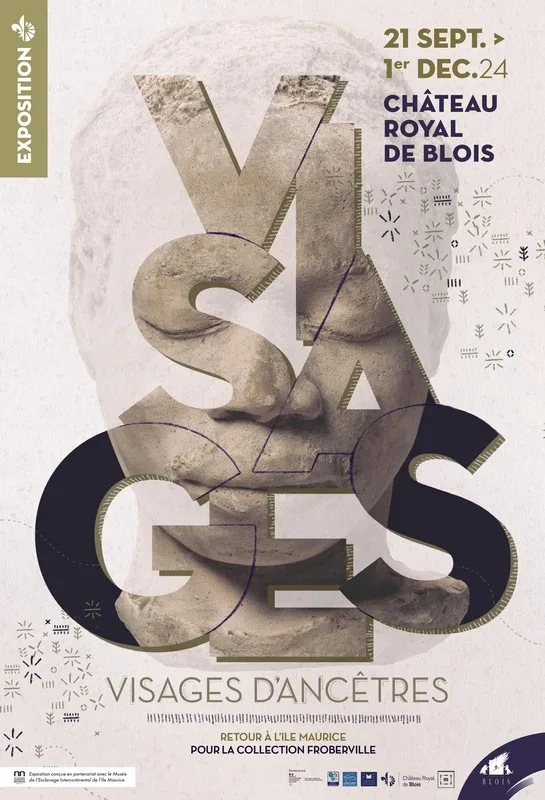An article written by Raphaël Cheriau, historian
In 1881, the ‘Djamila’, a dhow flying the French flag, was captured by the British Navy off the coast of Zanzibar, along the western shores of Africa, with 94 slaves on board. The incident, far from being anecdotal in character, reflects the importance of the slave trade in this maritime space during the second half of the 19th century.

Coll. of Villèle Historical Museum, inv. 2014.1.32
Despite the thriving character of the slave-trade in this region, little is known about this particular commerce, seemingly remaining in the shadow of the Atlantic trade. The lack of knowledge is due to the shortage of archives left by the activity in the Indian Ocean. Less well documented than its equivalent in the Atlantic, it is in fact virtually impossible to assess its the true scale. We have to be satisfied with approximate estimations of numbers. It is considered that between 800,000 and over 2 million women, men and children were the object of this slave trade along the coasts of East Africa during the 19th century as a whole.
As is reflected in the incident involving the ‘Djamila’, dhows from Zanzibar or Oman, those sailing ships equipped with one or two triangular sails, were for Europeans the incarnation of this “final trade.” It was easily forgotten that before the start of the abolition process, this “abject trade” had been dominated by Europeans in the early part of the century.

19th century. Etching; colour enhancement.
Coll. of Villèle Historical Museum, inv. 2018.2.26
While the trade was condemned by the European colonial powers during its peak, it did not, however, decline until fairly late on. Indeed, it only saw a true decrease following the First World War, when trade in dates and pearls from Arabia collapsed under the effect of commercial globalisation.








